$GLQ and the Future of RWAs: Why GraphLinq Is the Missing Link for Real World Asset Adoption
Real World Assets (RWAs) are no longer a side story—they’re one of the fastest-growing trends in crypto. In just five years, the RWA market has skyrocketed from $85 million to $25 billion. Giants like BlackRock are already issuing tokenized treasury bonds, and analysts predict that trillions could soon flow into this sector. The momentum is real and it’s only getting started.
But beneath the hype lies a messy reality. Data is fragmented across silos, investors are forced to trust opaque processes, yields and risks are still managed manually, and developers face steep infrastructure barriers. In other words, RWAs may be booming, but the foundation they’re built on is fragile.
This is where GraphLinq enters the picture, aiming to build the automation and AI backbone RWAs desperately need.
Let’s take a closer look at how each component plays its part.
GraphLinq Chain
Today, information about RWAs is scattered across multiple places. Some data sits in private company databases, some with custodians, and some may exist on-chain, but there’s no single trusted record. When data is fragmented, it’s hard to verify whether a tokenized bond, real estate share, or loan is properly backed. Investors are forced to rely on trust rather than transparency, which increases risk and slows adoption.
GraphLinq Chain, the backbone of the ecosystem, is built specifically to support automation, AI agents, and programmable flows. In the context of RWAs, it provides a secure settlement and transparency layer where every action, from tokenization and collateralization to redemption, can be immutably recorded.
This solves one of the sector’s biggest pain points: fragmented and siloed data. By putting all activity on-chain, GraphLinq Chain creates a single, verifiable source of truth. Investors no longer need to rely solely on issuers’ claims; they can independently verify the entire history of an asset directly on the blockchain.
GraphAI
But GraphLinq goes beyond just record-keeping. Its architecture is optimized for low-latency execution and real-time event tracking, allowing AI agents to constantly monitor market events, execute automated flows, and react instantly.
RWA tokens by themselves are mostly passive: once issued, they simply sit on-chain without responding to market changes, yield fluctuations, or risk events. Investors are left to monitor them manually, which is time-consuming and prone to error. GraphAI changes that by turning passive RWA tokens into intelligent, “living” assets.
It does this through AI agents that continuously monitor both on-chain and off-chain data, reacting automatically to relevant events, such as:
- Sending alerts when bond yields change
- Rebalancing holdings into safer assets automatically
- Tracking collateral defaults in real time
Transactions for these agents are gasless, making continuous monitoring and automation cost-effective at scale—something most general-purpose blockchains struggle with.
GraphLinq Terminal
GraphLinq Terminal is the automation hub of the ecosystem. It handles the behind-the-scenes work that keeps RWAs running smoothly.
With the Terminal, you can:
- Automate yield distribution
- Run KYC-compliant transfers
- Sync off-chain events (like payments or invoices) directly with the blockchain
This means RWAs don’t just sit passively on-chain—they move and update automatically, with the same ease as DeFi tokens.
The Terminal is also beginner-friendly. Thanks to its built-in AI assistant, even non-developers can set up automations in plain language, while advanced users can dive deeper through the GraphLinq IDE.
GraphLinq IDE
The GraphLinq IDE is a developer-friendly playground that makes building RWA applications and automations fast and intuitive. Instead of spending months coding infrastructure from scratch, developers can spin up their own RWA dApps or automated workflows in hours.
At its core, the IDE uses a visual, drag-and-drop interface, allowing users to design complex automations without writing a single line of code. Each step in a workflow is represented as a node, and connecting these nodes creates a clear, visual map of the process. This makes it easy to understand, debug, and optimize even sophisticated automations.
Because the underlying infrastructure is already built in, developers don’t need to worry about low-level blockchain operations or AI integrations. The IDE handles execution, monitoring, and interactions automatically, letting developers focus on building innovative solutions rather than reinventing the wheel.
Template Wizard
Unlike the GraphLinq IDE, which still requires some technical know-how, the Template Wizard lets anyone build and deploy powerful automations with just a few clicks.
You can explore a marketplace of pre-built RWA agents + templates for tasks like:
- Monitoring invoices
- Distributing bond yields
- Managing stablecoin-backed RWA baskets
- …and much more
Or, if you want, you can create your own custom templates in a few simple steps, customize them by filling in the necessary variables, and swiftly deploy the automation.
GraphLinq Hub
But to fully realize the potential of RWA tokens, they need a platform where they can be traded, staked, and leveraged, and that’s exactly what GraphLinq Hub provides.
More than just a trading platform, GraphLinq Hub acts as a people’s DEX for RWAs, offering the lowest fees and an intuitive interface. It ensures that RWA tokens are not only intelligent and automated, but also liquid, tradable, and capable of generating real returns for users.
Overall, GraphLinq brings the full potential of RWAs to life. From GraphLinq Chain’s secure, transparent ledger to GraphAI’s intelligent automation, the Terminal’s seamless workflows, and the Hub’s trading and staking infrastructure, every component works together to turn passive RWA tokens into dynamic, manageable assets.
For investors, this means smarter, automated assets that can generate yield and move efficiently. For developers and teams, it means a fully integrated sandbox to build, test, and deploy RWA applications quickly and securely.
With GraphLinq, the tools, infrastructure, and automation needed to bring the real world on-chain are all in one place—creating opportunities for innovation, efficiency, and growth in the rapidly evolving RWA sector.


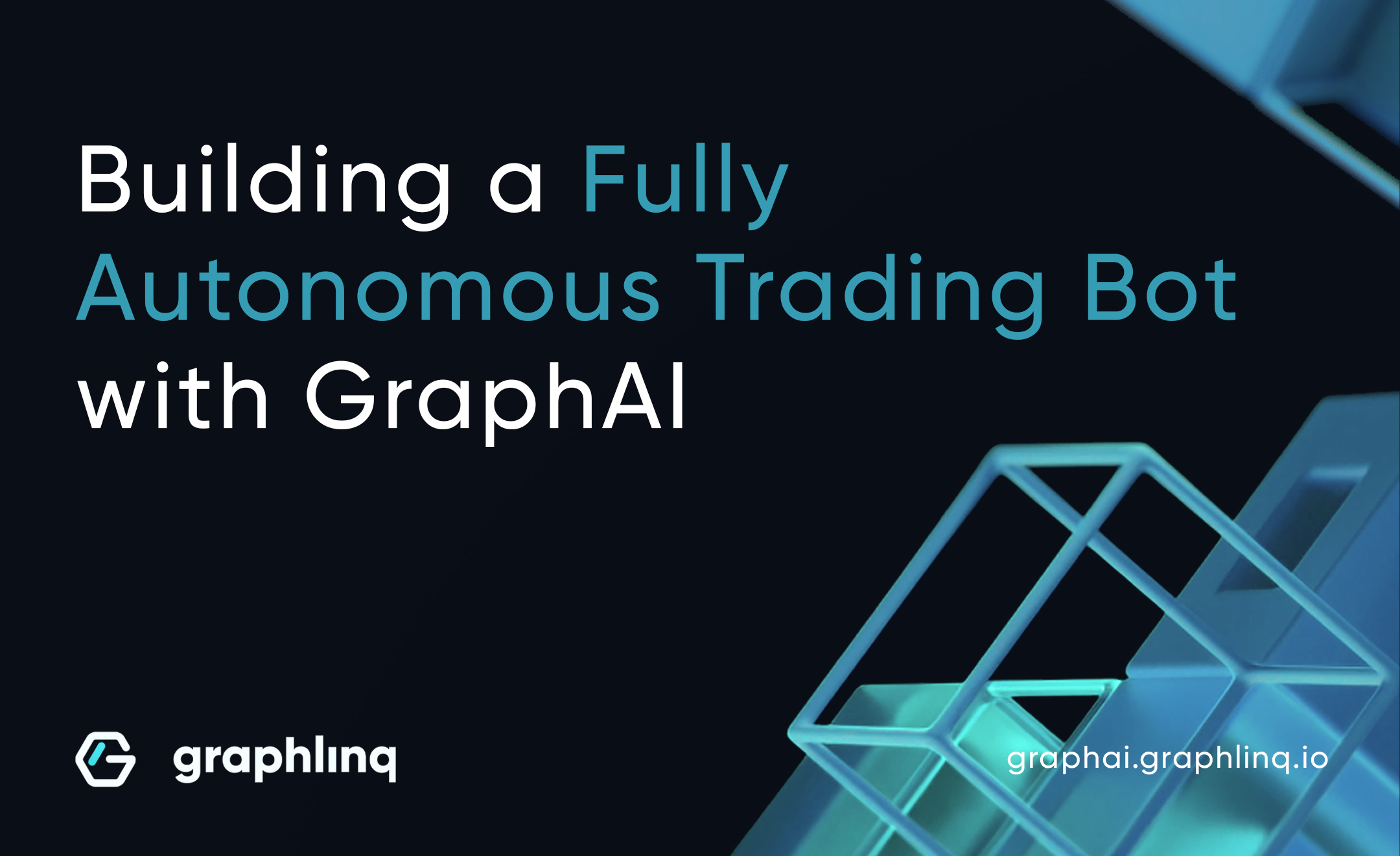
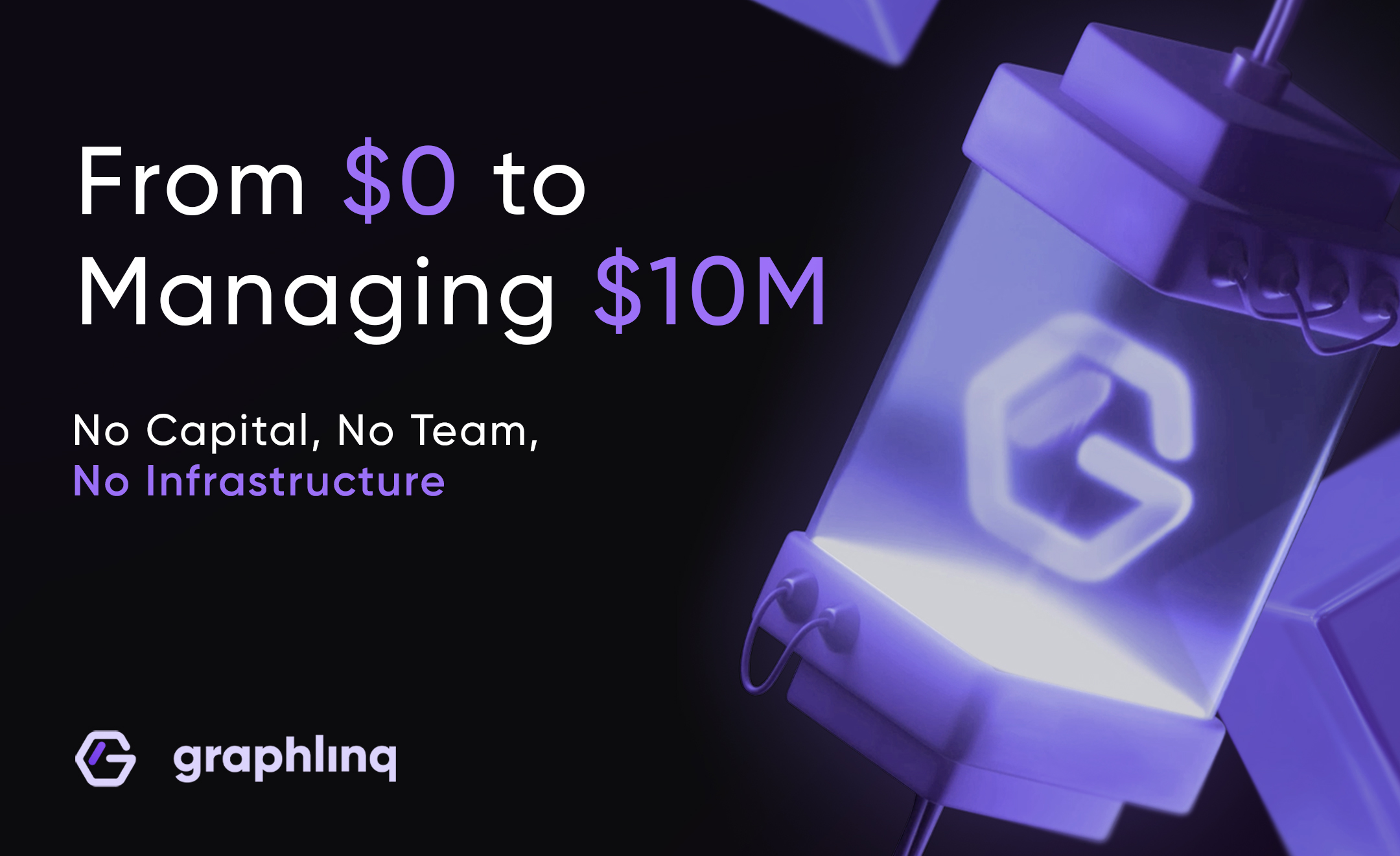
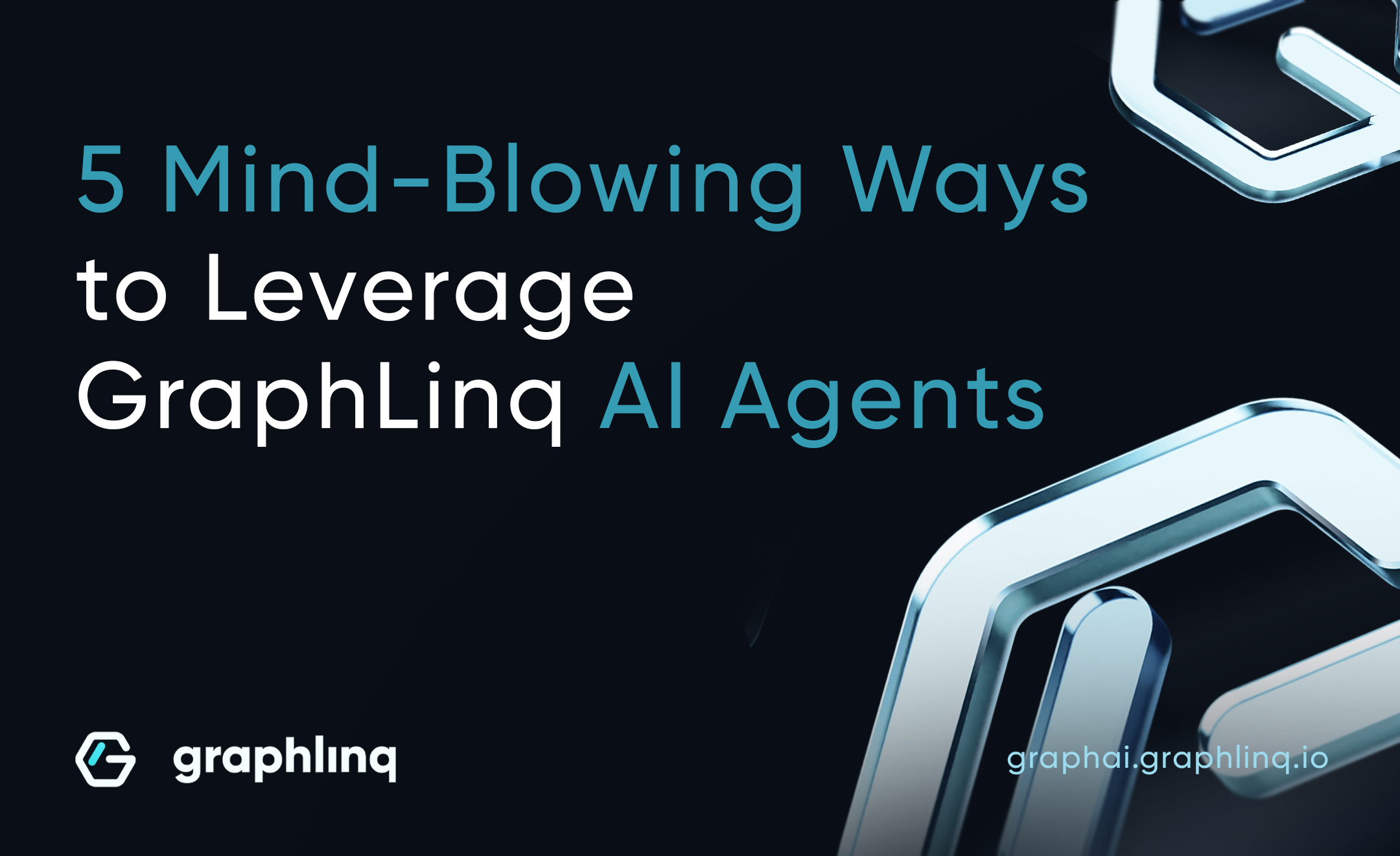
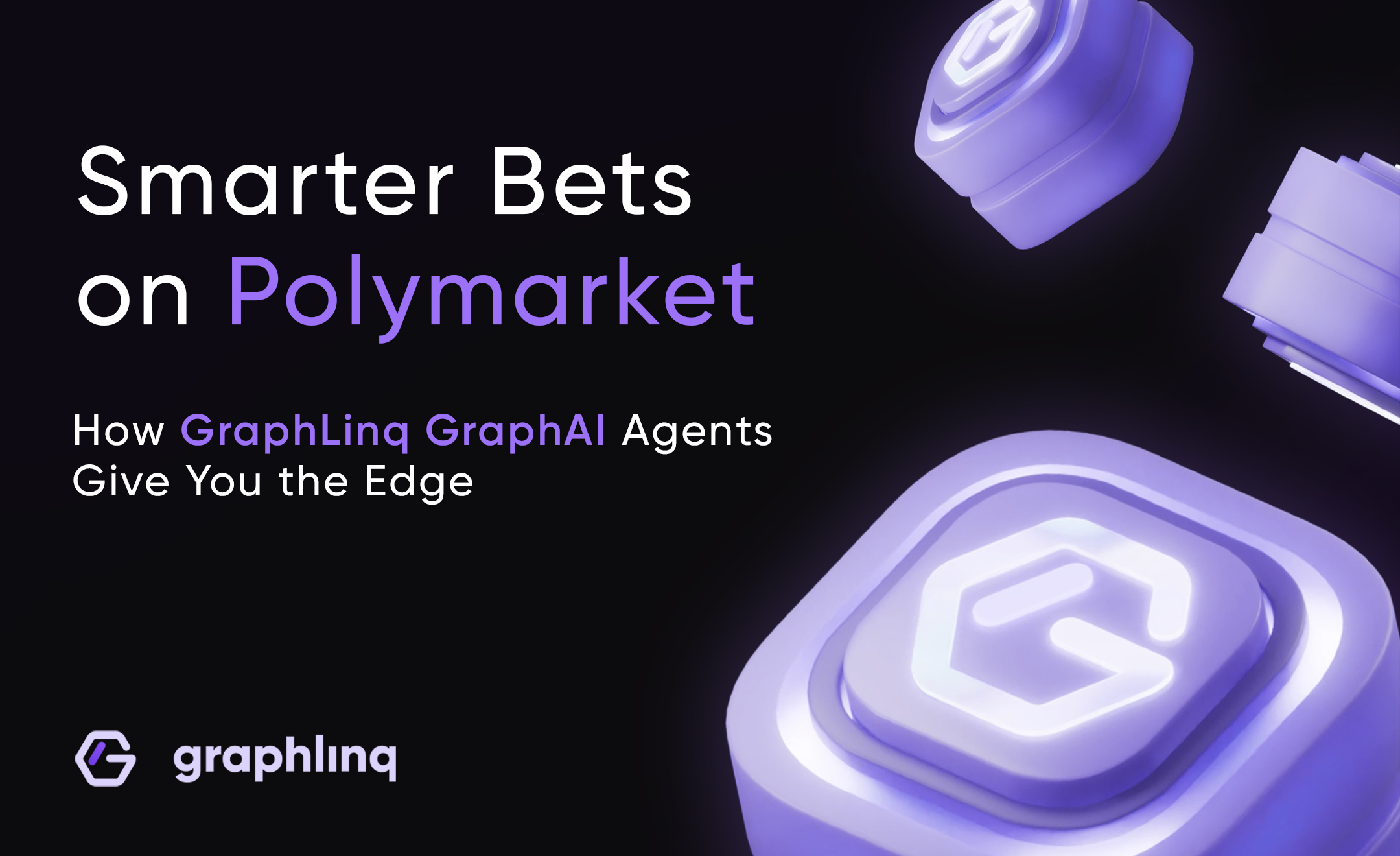
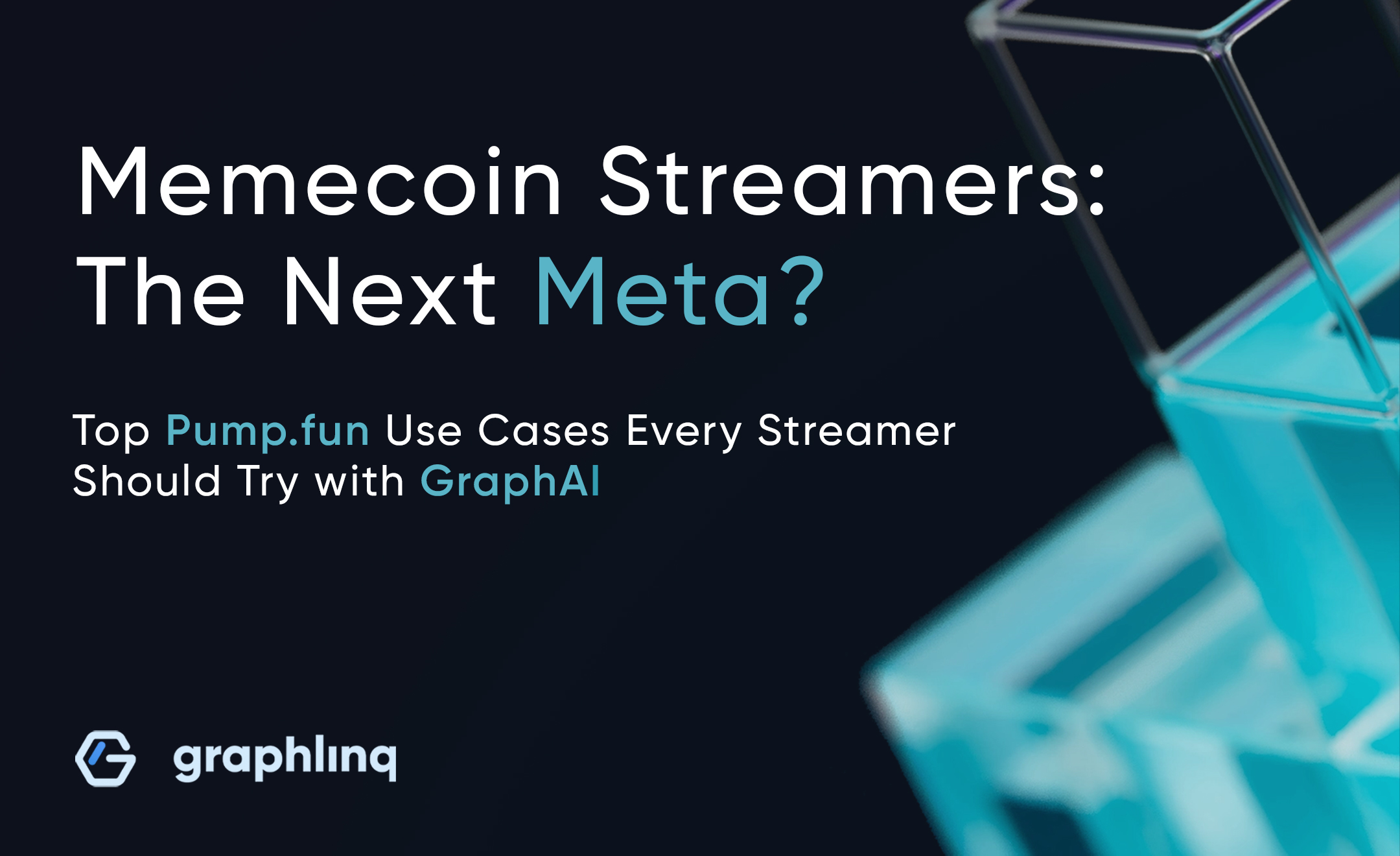
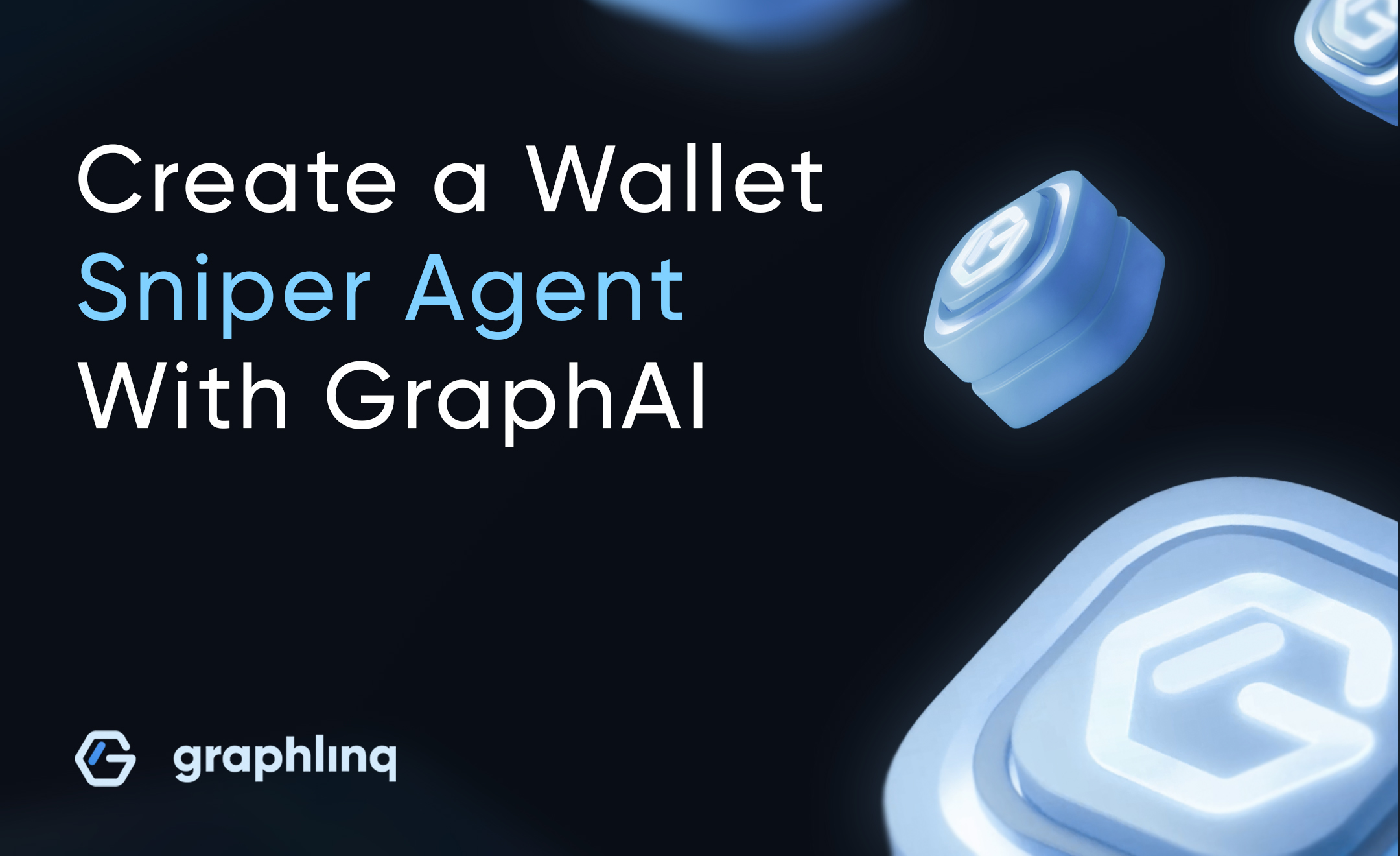

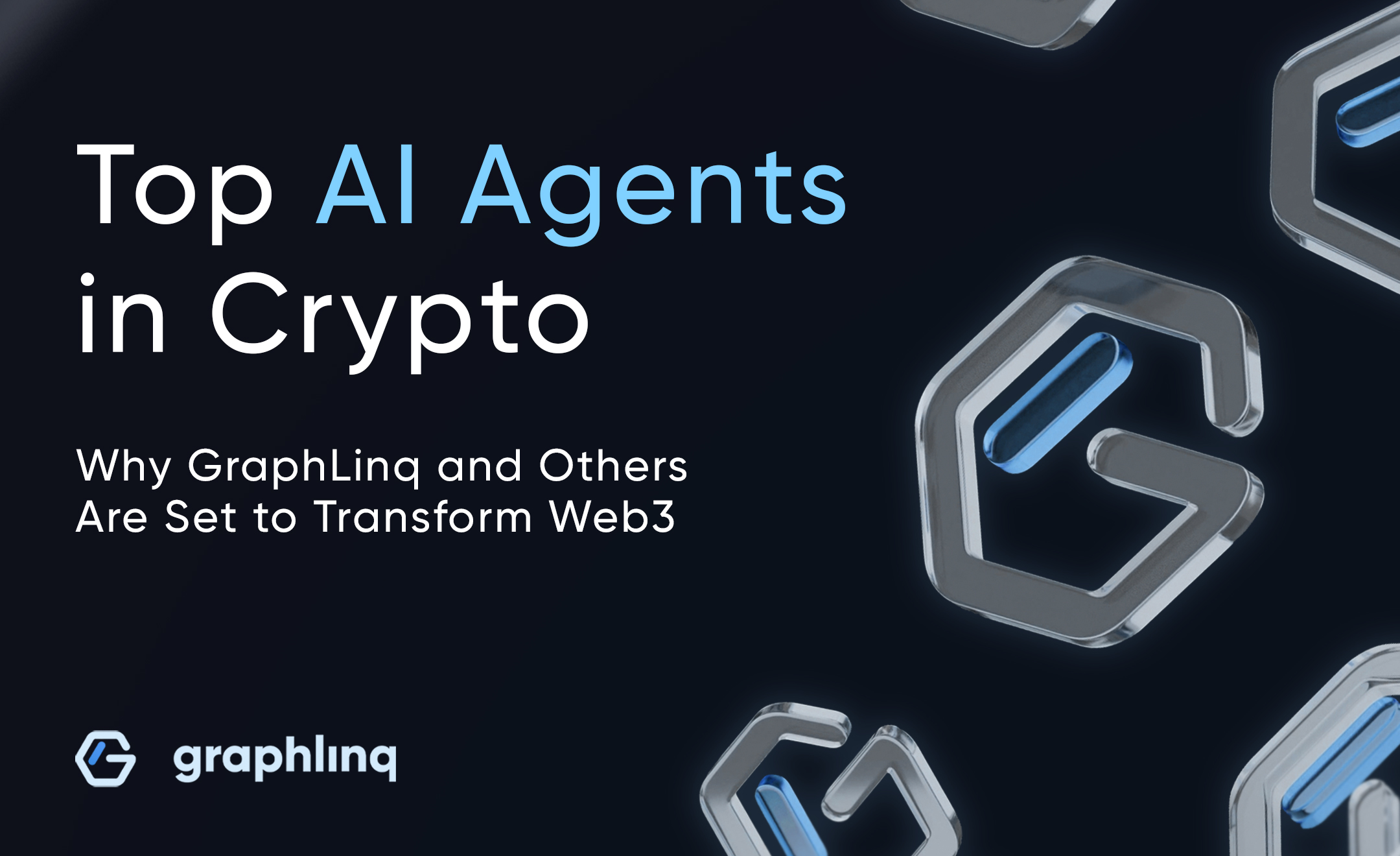
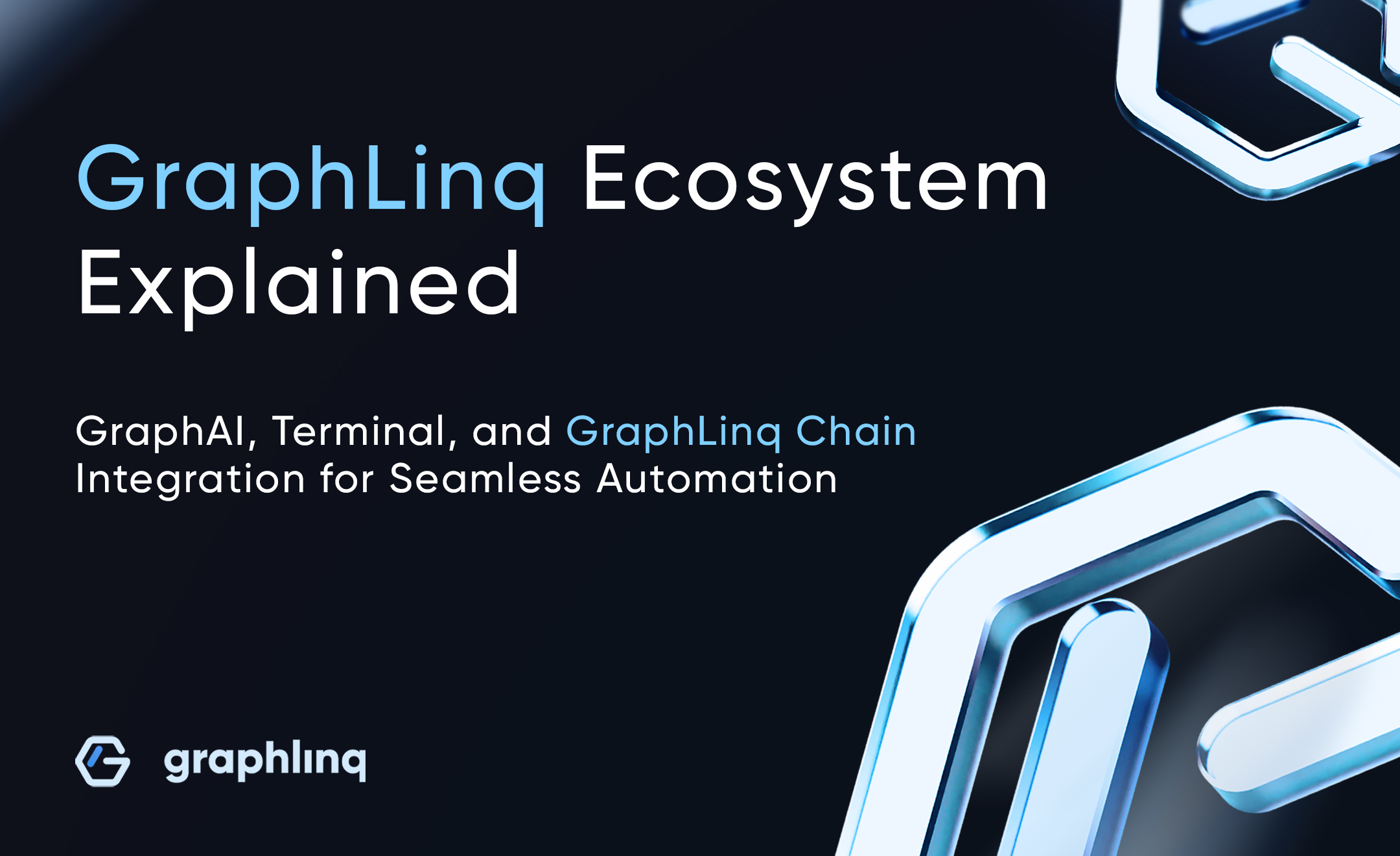
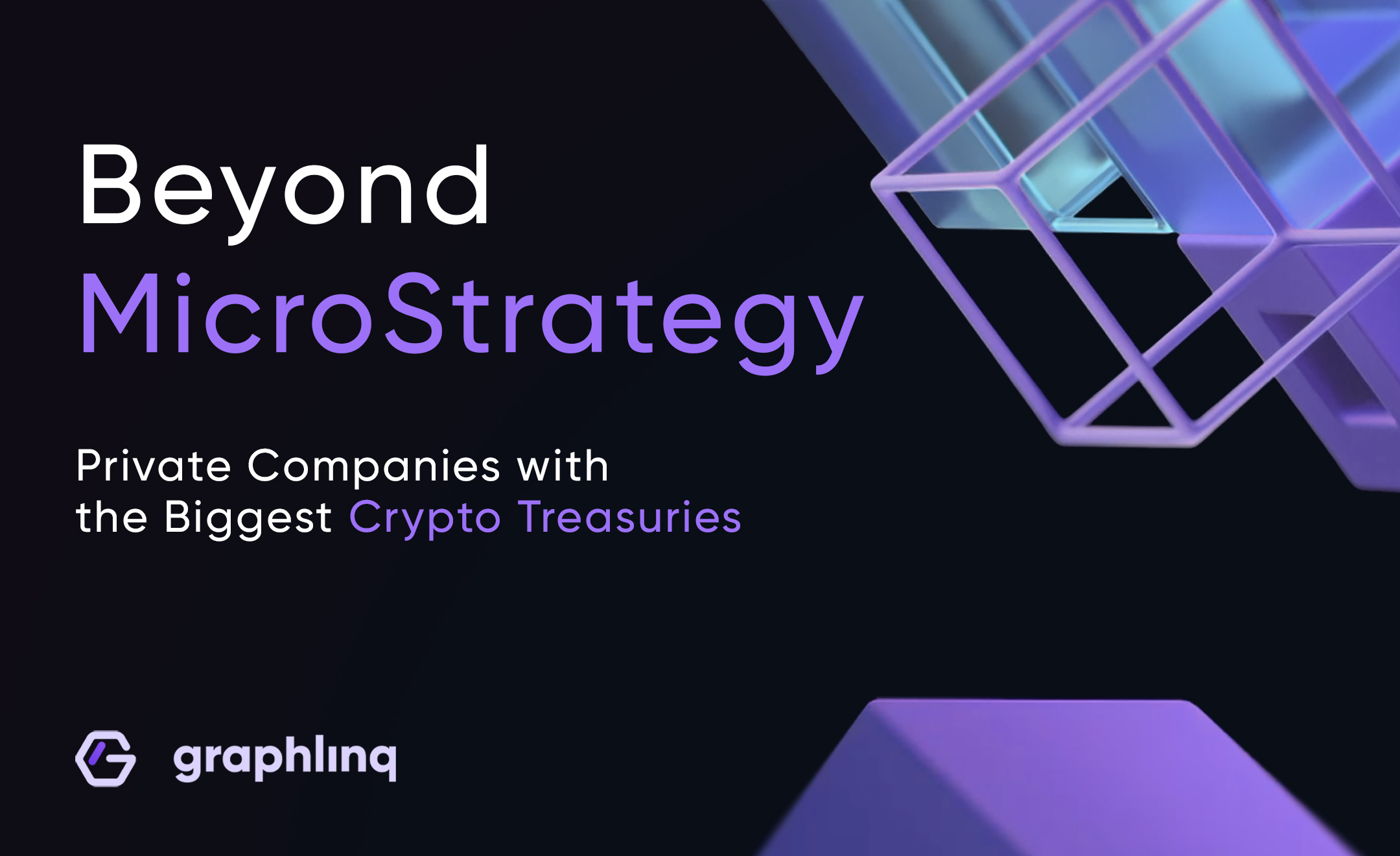
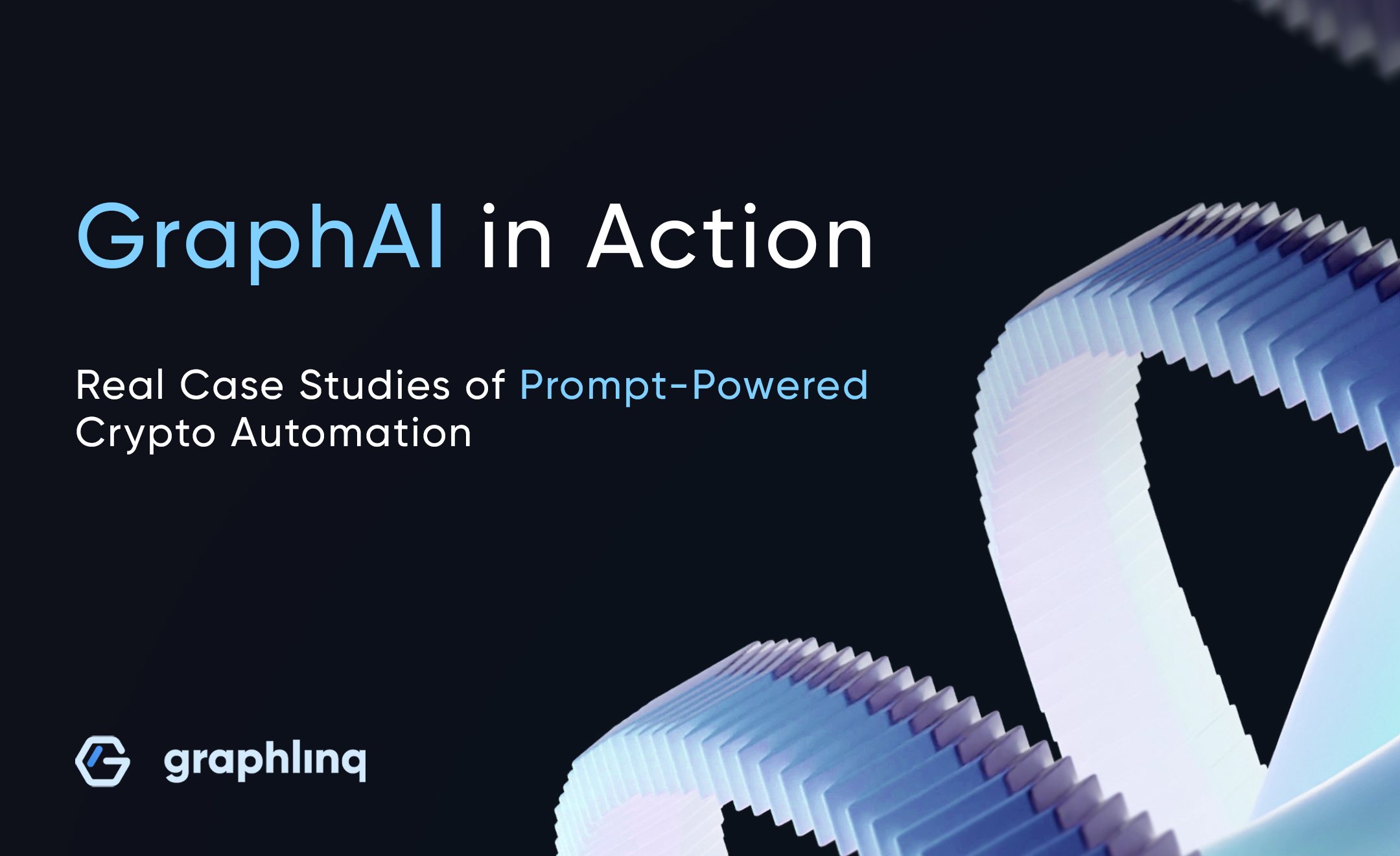
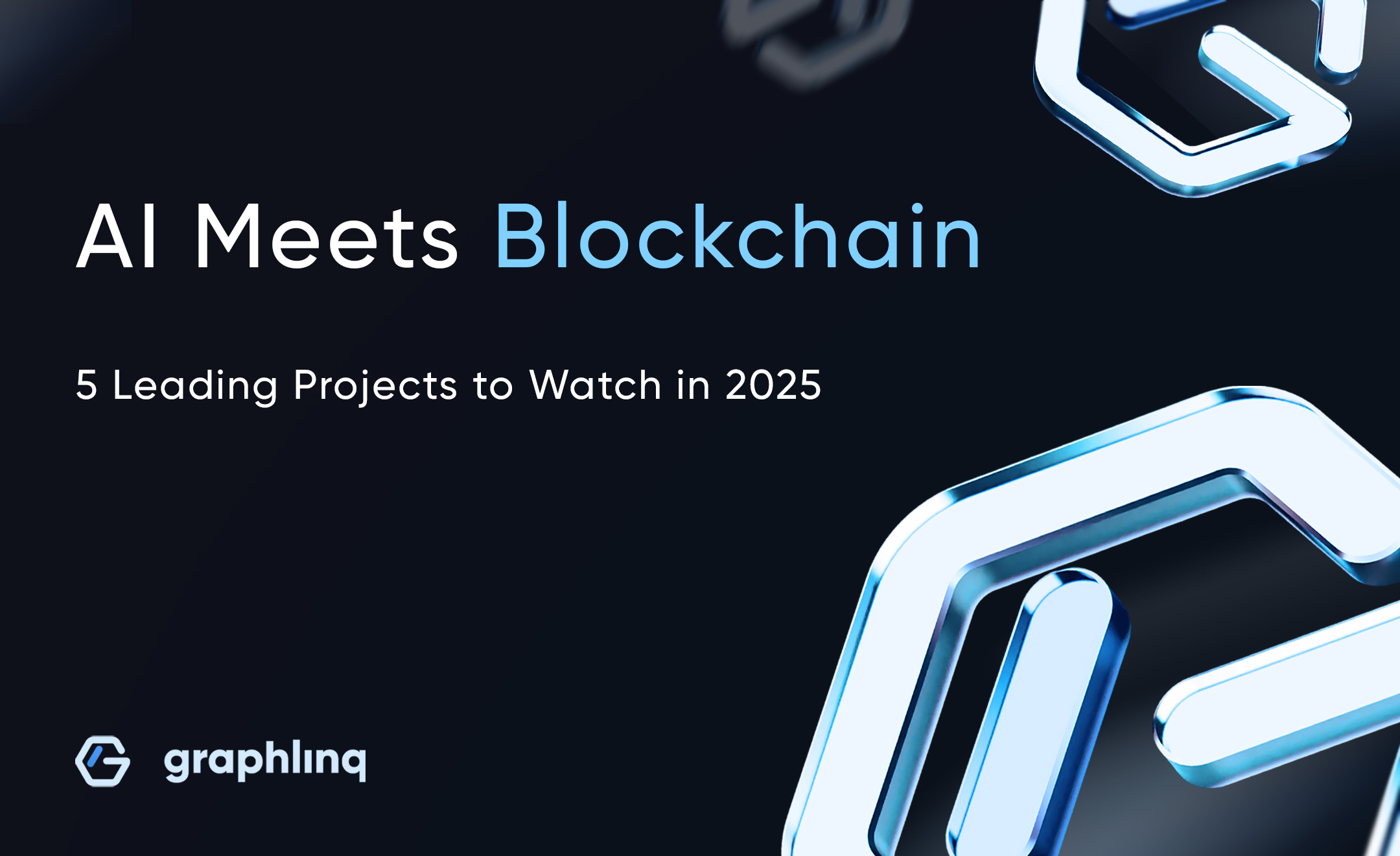





%20Do%20Bitcoin%20Cycles%20Still%20Work_.jpg)
%20What%E2%80%99s%20Next%20for%20Bitcoin%20in%202025_.jpg)



%20What%20Is%20a%20Crypto%20Swap.jpg)






























.jpg)
%20How%20to%20Find%20New%20Cryptocurrencies%20%20Worth%20Investing%20In.jpg)
%20Understanding%20Cryptocurrency.jpg)

.jpg)

A%20Comprehensive%20Guide%20to%20Altcoin%20Season.jpg)
%20cases%20and%20Future%20of%20Ai%20in%20Crypto.jpg)
%20How%20to%20Create%20Your%20Own%20MetaMask%20Wallet.jpg)
%20How%20to%20use%20your%20Crypto%20wallet%20safely.jpg)
What%20is%20a%20smart%20contract.jpg)
%20How%20to%20Protect%20Against%20Crypto%20Scams%20and%20Ponzi%20Schemes.jpg)









